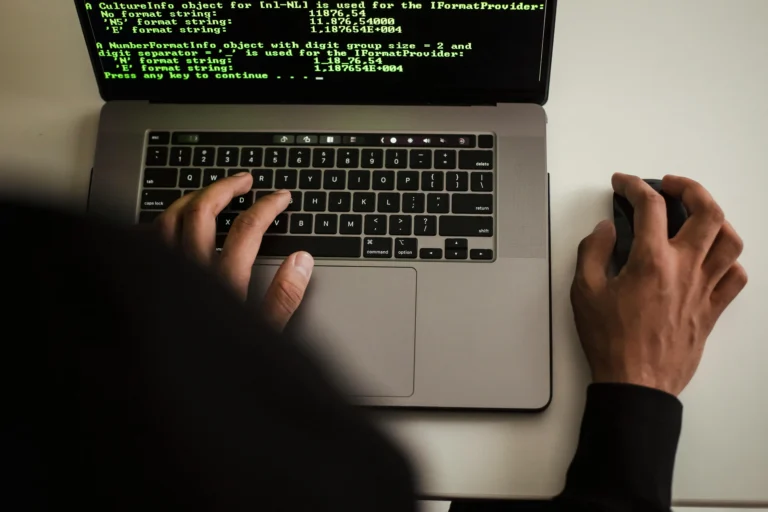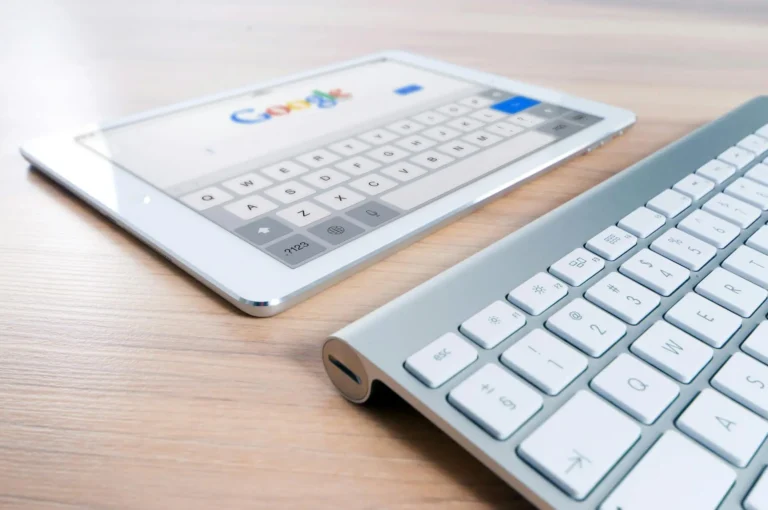How to Declutter Your Online Life for Real Peace of Mind
The ping of a message. A calendar alert. Twelve open tabs. Your phone lights up again. By lunch, your focus feels thin, like paper left in the rain. That is online clutter, the tiny grabs at your attention that stack into stress.
Online clutter looks like too many apps, endless emails, and feeds that never end. It steals quiet moments and turns them into scrolls. Last spring, I noticed my evenings vanish into a haze of tabs and alerts. I slept less, worried more, and felt tired by 10 a.m. I changed my setup, then my habits, and the fog started to lift.
This guide shows how to spot the mess, tidy your digital spaces, and build simple habits that stick. You will get quick wins now, then a routine that keeps your mind clear.
Spot the Clutter in Your Digital World
Picture a desk buried in papers. Old memos, sticky notes, coffee rings, and no room to write. Your phone and laptop can look the same, just without the mess on the floor. If you feel jumpy, scattered, or behind, clutter may be calling the shots.
Common signs show up fast:
- Overflowing inboxes: unread counts that make you sigh.
- Forgotten subscriptions: monthly charges for apps you never open.
- Endless tabs: windows stacked, each one whispering for a click.
- Constant pings: badges, banners, and buzzes on every service.
- Duplicate tools: three note apps, four calendars, no single source of truth.
Start with a quick audit. Keep it calm and simple.
- List your apps: on iOS, open Settings, then General, then iPhone Storage to see usage; on Android, open Settings, then Apps to sort by last used. Note what you have not touched in 30 days.
- Check email folders: scan Promotions, Social, and Updates. Spot senders that do not help your day.
- Track social time: use Screen Time on iOS or Digital Wellbeing on Android. Write down your top three attention sinks.
- Review subscriptions: on your phone store account or bank statement, mark any monthly fee you forgot.
- Count tabs: take one screenshot of your open windows. The picture tells the truth.
This first pass gives you data, not guilt. You will find quick wins that cut stress right away. Ten fewer apps saves battery and mental load. Fewer tabs frees your brain to finish one thing at a time. Less noise means more air in the room.
Audit Your Apps and Devices
Focus on your phone and computer, since they set the tone for your day. Delete apps you have not used in a month. If that feels hard, offload or hide them for two weeks and see if you miss them. Group what remains into folders by Work, Home, Money, Fun, and Health. Keep your home screen clean with only daily tools.
On iOS, use iPhone Storage and Screen Time to spot heavy apps. On Android, use Apps and Digital Wellbeing to sort by time used. Disable background refresh for apps that do not need it. Turn off badges on anything not urgent.
The benefits show up fast. You save battery, free storage, and cut swipes. A cleaner screen feels like walking into a tidy room. Calm spreads when you unlock your phone.
Tame Your Email and Notifications
Email can go from flood to stream with a few moves. Create simple folders like Action, Waiting, and Read Later. Use filters to auto-sort newsletters into Read Later. Unsubscribe from mail you never open. Ten minutes here pays back every day.
Turn off non-essential alerts. Keep calendar, calls, and key messages. Mute likes and promos. Batch email checks at set times, maybe mid-morning and late afternoon. Picture going from 100 emails a day to 20 you actually need. Your shoulders drop. You focus again. The quiet helps your brain finish work without that constant pull.
Build Habits for a Clutter-Free Online Routine
Now that your devices are lighter, protect that space with simple habits. Habits hold the door closed on new clutter.
Set daily limits on screen time for apps that pull you in. Use Screen Time or Digital Wellbeing to cap social and news. Curate your feeds by unfollowing accounts that drain you. Keep what teaches, helps, or warms your day. Create no-phone zones at home, like the dinner table or bedroom.
Try this weekly rhythm:
- Sunday cleanup: clear your desktop, close tabs, empty downloads, and tidy your home screens.
- Midweek check: skim your app list, remove one you did not use.
- Friday finish: archive old emails, review your calendar, and set next week’s focus.
Tie these to something you already do, like Sunday laundry or Friday lunch. Small steps stack into calm.
Ask yourself, what if you reclaimed your evenings? Picture a book, a walk, or a quiet talk without a screen chiming in. These boundaries are not rigid rules, they are guardrails that protect your time. When you keep them, you feel lighter and sleep deeper. You give your mind a chance to rest.
Curate Social Media for Joy Not Stress
Your feed can lift you or wear you down. Choose accounts that inspire, teach, or make you laugh. Mute words or profiles that spike your stress. Use lists or favorites to see close friends first. Set a 15 minute timer when you open a feed, then close it when the chime sounds.
Track how you feel after a session. A simple note in your phone, like happy, neutral, or tense, shows patterns. Over a week, aim for feeds that leave you calm. The goal is fewer empty scrolls, more real connection.
Set Boundaries to Protect Your Time
Make a schedule for online tasks. Check email during work hours only. Keep messages off during deep work blocks. Use focus modes, app timers, and screen time locks to keep you honest. Keep your phone in another room for the first hour after waking.
Set no-phone windows in the evening, maybe 7 to 9 p.m. Tell family or roommates so they can support you. These small rules prevent burnout and protect joy. Dinner talks feel richer. You hear the birds on your walk. You remember what you read.
Maintain Your Peace with Simple Check-Ins
Clutter creeps back when you stop looking. Keep it away with short check-ins that take minutes, not hours. Treat them like routine maintenance on a car. A little care keeps everything smooth.
Each month, pick one day for a digital reset. Review your apps, subscriptions, and notifications. Archive old files and back up the rest. Update passwords where needed. Look at your screen time chart and choose one tweak for the next month, like shaving ten minutes from a sticky app.
Expect setbacks. A busy week may flood your inbox again. Do not quit. Run a quick triage. Sort by sender and delete in bulk. Use the two minute rule for small replies. Move longer tasks to your Action folder and block time to handle them.
Celebrate progress. Your phone is clearer. Your inbox is smaller. You feel less pulled by pings. Mark these wins, even the tiny ones. Peace grows from these choices.
Aim for a serene future you can picture. A quiet morning with coffee, no alerts. A work session that flows. Evenings that feel like evenings, not a second shift online. Keep tuning the system so it serves you, not the other way around.
Monthly Digital Detox Reviews
Use this short checklist:
- Scan subscriptions and cancel one you do not use.
- Review app usage, remove one time sink.
- Update two passwords and enable two factor where it matters.
- Back up photos and key documents.
- Clear downloads and empty the trash.
These micro checks stop clutter before it piles up. They keep your setup lean and your mind light.
Conclusion
Online clutter steals focus, time, and calm. You can take it back. Start with an audit, strip the noise, and clean your screens. Build simple habits that cap screen time, prune feeds, and set no-phone zones. Maintain your gains with short monthly reviews that keep the tide out.
Real peace of mind in 2025 comes from less digital noise and more chosen time. Pick one small step today, like turning off badges or unfollowing ten accounts, and feel the shift. What will you reclaim first, your mornings or your evenings? Share your first win in the comments, then pass this guide to a friend who needs a little quiet too.







